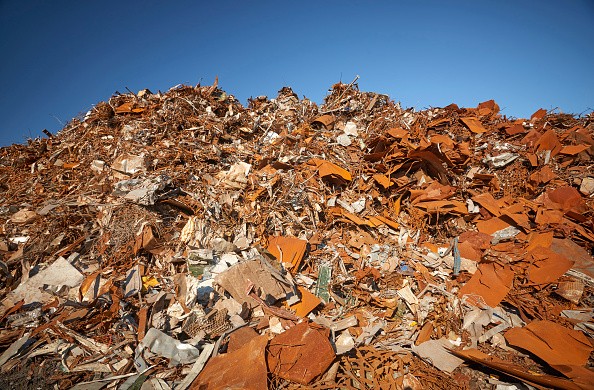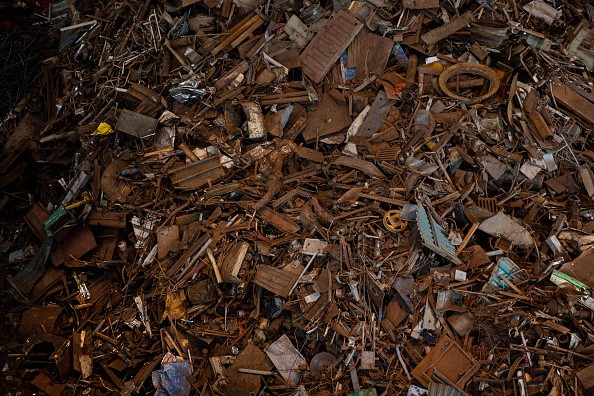The U.S is home to almost 2,000 active landfills. Day by day, these massive piles of waste can discharge more than 2 million liters of liquid per spot into the ground, contaminating local water with potentially toxic substances.
Liquid-based pollutants are an immediate threat to both nature and human health, but knowing which chemicals are the most dangerous and need to be dealt with first is a tricky and expensive business, especially if there are too many people, and we know very little about them.

Landfill Contaminants
A previous attempt to prioritize pollutants in fracking water found that 86 percent of the chemicals lacked the necessary poisoning data to complete a proper risk assessment. Clearly, this is a huge limiting factor, but researchers can only take a step with the information they have.
Adapting this algorithm, researchers have now tried to prioritize landfill contaminants in a similar way, creating a highly flexible system that can be customized for different landfill sites.
The authors hope that this tool can be used one day to better monitor waste sites and make them less dangerous in the future.
According to Chung-Ho Lin, who studies agroforestry and bioremediation at the Missouri University said "Leachate from landfills can cause cancer and other serious damage, and it's a threat if eaten, touched, or inhaled. This is the first time a system has been developed to automatically prioritize pollutants discharged from a landfill based on their abundance and toxicity."
Also Read : Pollution Giving Polar Bears Brain Damage
The Most Toxic Compounds
The new system is based on a thorough review of the literature, which has reached 484 landfill pollutants. Ultimately, the top 40 most toxic compounds include pesticides, fungicides, pharmaceuticals, and industrial products, such as cigarettes, coolants, lubricants, and flame retardants.
Out of all the compounds, 21 were tested to be confirmed endocrine disruptors, 14 were found as potential human carcinogens, and 12 were identified to cause neurological issues. As stated by Elizabeth Rogers, who is also studying landfill remedies at the University of Missouri: "Some of the most potentially dangerous compounds we have spotted using this method comes from things like antibiotics or prescription drugs, which can have serious effects on the human endocrine system.
"There are also compounds from personal care products. And while we know newer classes of these compounds can have negative side effects, there's still a lot we don't know about them, and they end up in landfills"

The General Project
This general project is then adapted into more specific categories, including a cancer weight-bearing scheme, a hormone disruption scheme, and a technique that considers risks to flora and fauna.
If a region is battling rising cancer cases, for example, then agencies could use a more niche ranking to hone in on the worst offenders first. For example, codeine and fluoranthene have been found to pose a greater risk for cancer compared to their overall toxicity.
Other chemicals, such as oxytetracycline (a common antibiotic) and clotrimazole (a common antifungal), have been found to present both a high risk of cancer and a high risk of toxicity.
Fossil fuel byproducts, such as naphthalene, and herbicides, such as atrazine, are more dangerous for a site's flora and fauna but have a relatively lower overall risk of poisoning.
Related Article : The Countryside Areas of India Suffer from Heavy Air Pollution, Particularly PM2.5
For more news, updates about pollutants and similar topics don't forget to follw Nature World News!
© 2025 NatureWorldNews.com All rights reserved. Do not reproduce without permission.





